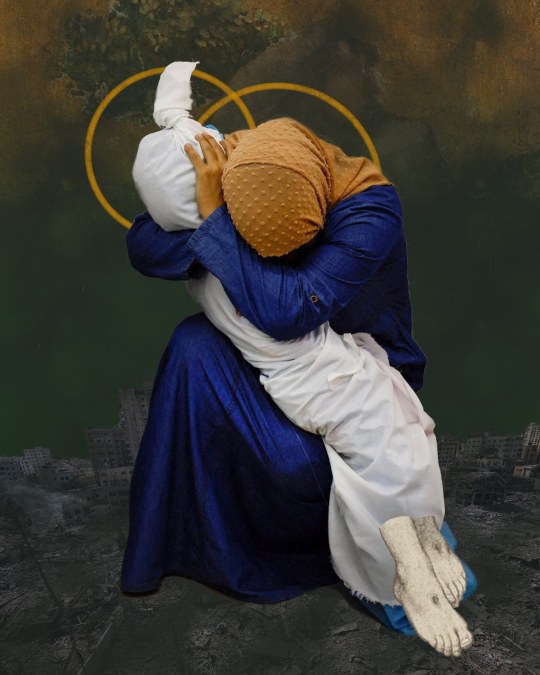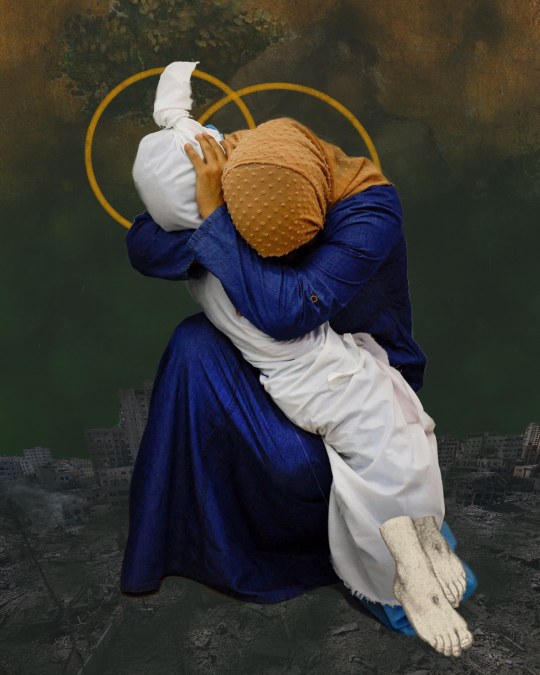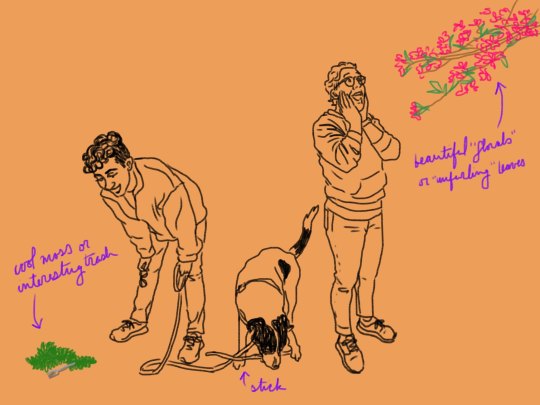#rijl's art
Explore tagged Tumblr posts
Text

Happy Palm Sunday
#has someone done this before?#palm sunday#easter#jesus joke#jesus#matthew 21#rijl's art#be queer do heresies
44 notes
·
View notes
Photo

Hell0 to all my #pretties and to all my #ghouls Today we have Once a upon a time #Villains Based on #ZodiacSigns / #StarConstellations This is: #Virgo ♍ The #Maiden 👧 #SuigintouRozenMaiden For Virgo: 16 #September to 30 #October Main Stars 🌟 included: Zavijava, Zaniah, Porrima, Caphir, Spica, Auva, Vindemia Trix, Heze, Syrma, and Rijl Al Awwa. Please take note: did NOT put months or days on the #picture of #art, because you can be whatever #sign or #character you want to be, or NOT to be! Have a #MisfortunelyMagnificent experience by #Happilyevilafter 😇&😈 #hornsandhalos #angel #devil (at San Luis Obispo, California) https://www.instagram.com/p/CEVOI7KhUfD/?igshid=6bydagvg1s9z
#pretties#ghouls#villains#zodiacsigns#starconstellations#virgo#maiden#suigintourozenmaiden#september#october#picture#art#sign#character#misfortunelymagnificent#happilyevilafter#hornsandhalos#angel#devil
0 notes
Text
Make Prudent Decisions And Snel Je Rijbewijs Halen From Certifying Authorities
To apply for driving license in the Netherlands, candidates will have to prove in front of the licensing authorities that they are capable of understanding the road signs and know to drive. This demonstration has to be carried out in front of the authorities, so that they can ascertain that the applicant is able to drive properly within the limits of traffic rules. To do such demo, and snel je rijbewijs halen, people will need to learn the driving first, so that at the moment of demonstration, they do not go wrong in the process. This will not only add further to the kosten rijles, and add to the increased expenses of getting the license, but delay the process further. The prudent step would be therefore to ensure that people have learnt and practised the art of driving and have driven in secluded areas for better confidence and manoeuvring.
· Keeping kosten rijles low to get the license without hassles
Giving demonstration of driving skills is a necessity to get driving license for people in the Netherlands. To be able to give such demo, one needs to be proficient enough in the techniques as well as theoretical aspects of driving. This can be learnt from the professional agencies which help people with snel je rijbewijs halen with different models of cars and even some theoretical lessons. In this condition, it would be a good move to have smart ways to reduce the kosten rijles and increase the chances of certification.
There are many people in the Netherlands, who will have to spend some extra bucks to fine tune their driving skills. They can go for crash course or check out short courses for theory and practice on their own to lower the total spending on getting the driving license.
0 notes
Text

Pietà with Mohammed Salem's photo of Inas Abu Maamar embracing the body of her 5-year old niece, Saly. Saly was killed on October 17 in an Israeli airstrike on Khan Younis.
"In this season of Lent, it seems to many of us that Jesus is on the cross again with thousands of crucified Palestinians around him. It only takes people of insight to see the hundreds of thousands of crosses throughout the land, Palestinian men, women, and children being crucified. Palestine has become one huge golgotha. The Israeli government crucifixion system is operating daily. Palestine has become the place of the skull."
(From the 2001 Easter message of Naim Ateek, Palestinian liberation theologian and Anglican priest.)
35 notes
·
View notes
Text

Pietà with Mohammed Salem's photo of Inas Abu Maamar embracing the body of her 5-year old niece, Saly. Saly was killed on October 17 in an Israeli airstrike on Khan Younis.
"In this season of Lent, it seems to many of us that Jesus is on the cross again with thousands of crucified Palestinians around him. It only takes people of insight to see the hundreds of thousands of crosses throughout the land, Palestinian men, women, and children being crucified. Palestine has become one huge golgotha. The Israeli government crucifixion system is operating daily. Palestine has become the place of the skull."
(From the 2001 Easter message of Naim Ateek, Palestinian liberation theologian and Anglican priest.)
23 notes
·
View notes
Text

Being involved in a church of mostly old people be like...
Or
Me an the boys.
(This was a real zoom call.)
1 note
·
View note
Text
Thank you for your beautiful response! Yessss the job of the culture worker/artist is to make the revolution irresistible BUT IT'S ALSO to make life bearable in the meantime 🧡 Here's the art my wife and I created (with a lot of help from our community) depicting the Palestinian Holy Family for a Christmas vigil for Palestine. I hope it did a little of both.




Photos by Abby Whisenant
Image description: Four photos of a life-size nativity scene from an evening vigil on a grassy area in front of an opulent columned building. The nativity scene is made of colorful painted figures of Mary and Joseph in traditional Palestinian dress, with a brown baby doll wrapped in a keffiyeh lying on a pile of rubble and straw between them. Candles and a scarf with the colors of the Palestinian flag surround the baby. On either side of the family there is a painted panel with the Bible verse "A voice was heard in Ramah, lamentation, weeping, and great mourning, Rachel weeping for her children, refusing to be comforted, because they are no more," in English on the left and in Arabic on the right, each on the backdrop of a bombed Gaza cityscape. A lit-up gold star hangs above the Holy Family. The fourth photo shows people gathering to place candles in front of the scene.
This is a weird appreciation post for the first fiction podcasts I've ever listened to: Monstrous Agonies and Travelling Light, both by @monstrousproductions / @indieninja92.
I discovered and started listening to Monstrous Agonies in late September, right as the final season was ending. I was really grateful for that timing because each episode became a brief and kind respite from the horrors of October: Watching a genocide unfold in Palestine and being shocked at the ambivalence of so many people in my life whom I love and respect, especially people in my local faith community. I felt disillusioned and betrayed to the point of questioning my belonging in that community, because I didn't know for how much longer I could bear to be the only person speaking up for Palestinian life and freedom in a community that I had considered my justice-seeking home (or one of them at least). Anyway, I could forget that, and the death, and the grief, and the fear, for a few minutes while I listened to other creatures' problems on Monstrous Agonies.
My timing was also great because I was able to start listening to Travelling Light as soon as I finished MA a few weeks ago. In episode 7, the main character visits a temple of their own faith while planet-hopping far from home and says, "I do not have the words to describe the wave of relief that washed over me as soon as I walked inside." This is exactly how I felt when I finally gathered (no one else was organizing this, I realized I had to make it happen) with local Christians committed to solidarity with Palestine. And when we connected with the local Palestine justice collective to create a beautiful nativity scene and powerful Christmas vigil. I felt so alone and weak trying to push my congregation on my own, like I was lost in space. Being with people (of my faith and not) whose hearts were breaking the same way as mine felt like coming home, even though I barely knew them (then). (Now I am also feeling ripples of that relief each time another member of my congregation cautiously and belatedly expresses solidarity with Palestine. But I no longer feel like I have to claw it out of them, because instead I'm building with this new community.)
Listen to Monstrous Agonies and Travelling Light! And free Palestine!
18 notes
·
View notes
Text

What me, my wife, and our dog get distracted by on walks.
5 notes
·
View notes
Photo

Wij feliciteren Tya met het behalen van haar #rijbewijs veel veilige km’s toegewenst namens #rijschool #Driving4all 🚘. 🌐 www.driving4all.nl🚦 📞 015 45 50 528 📝 #gratisproefles . . #Rijschoolindelft #rijlessenindelft #rijlesdelft #Cbr #car #rijlesrijswijk #Delft #Rijswijk #nootdorp #blij #trots #ypenburg #schipluiden #rijschooldelft #wateringseveld #tudelft #delfgauw #Voorburg #rijlesLeidschendam #rijbewijsB #rijles #Instagood #Art #wateringen #Picoftheday #Happy (bij RijswijkBuiten) https://www.instagram.com/p/CMUe7pbBa_Q/?igshid=12b43tb2ev5ps
#rijbewijs#rijschool#driving4all#gratisproefles#rijschoolindelft#rijlessenindelft#rijlesdelft#cbr#car#rijlesrijswijk#delft#rijswijk#nootdorp#blij#trots#ypenburg#schipluiden#rijschooldelft#wateringseveld#tudelft#delfgauw#voorburg#rijlesleidschendam#rijbewijsb#rijles#instagood#art#wateringen#picoftheday#happy
0 notes